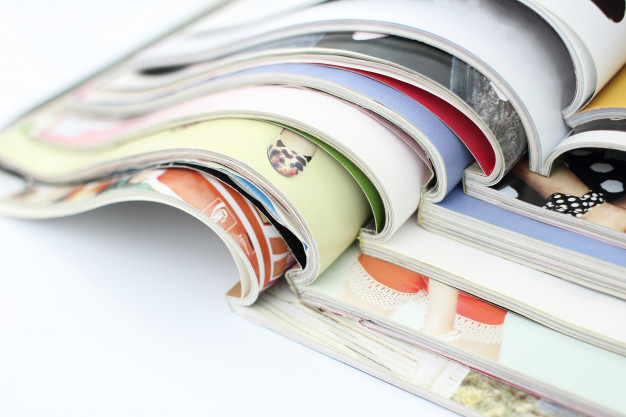For PR people, few things are more important than media relationships. Ties with journalists don’t guarantee results, but they’re an important entree to getting out the stories we tell for clients. Good relations with reporters and producers usually means your pitch will get a hearing at the very least. Often it means you’ll get valuable feedback even if every offer doesn’t turn into a quick story.
With that in mind, here are five ways to stay on the good side of journalists to ensure that you build — and maintain — strong relationships.
Always make it relevant
When approaching media, it’s critical that the news you’re sharing is relevant to their specific beat and the types of stories they cover. The way to ensure this is to do your research. This can be something as simple as a Google search on a reporter, or browsing the publication’s website. Familiarizing yourself with their work will allow you to bring them stories that fit their beat and interests. That, combined with keeping a close eye on breaking news, can give you a serious advantage over others. Jumping on breaking news is a relatively easy way to get your client covered. The key is timing and making sure you’re not late to the game.If you wait even a few hours to reach out to a reporter, you could miss the boat entirely.
Schedule face time
Today, the bulk of media correspondence takes place through email and phone. And while this is convenient for day-to-day, when possible, it helps to put a face to a name and meet with a reporter in person. This can be anything from post-work drinks to a quick bite — even something like group karaoke. Getting together can help humanize you outside of a professional setting and help build trust with the reporter. Since COVID-19, in-person meetings aren’t possible, so Zoom happy hours have filled the gap. They’ve become a common networking tool that plays a similar role to build relationships between PR pros and journalists.
Don’t be a nag
Journalists are often juggling multiple stories and tasks, and their job requires undivided attention. As a result, they may not respond to emails right away. This shouldn’t be a reason to constantly follow up. It’s best to spread out any follow-up emails or calls so that you’re respecting their time. Bugging reporters too much also comes across as desperate. Further, they could be even more likely to ignore you and not consider your ideas for future stories.
Use social media..but thoughtfully
There’s no denying the importance of social media in today’s culture. And most journalists are active on various platforms, particularly Twitter. They use social platforms to share their stories and to comment on current events in the industries they cover. For PR pros, commenting, retweeting and interacting with their posts in any way shows that you’re interested and knowledgeable about the topics they cover. Connecting with journalists on social media is also a less formal — but definitely effective — way to get their attention before sending them a formal pitch on email. But preferences about social media approaches to journalists vary, and they should be made only when you know the reporter.
Be yourself
When sending pitches or emails in a professional environment, it’s easy to abandon your true personality for something that’s more formal, or even robotic. In PR, however, it’s more acceptable to be yourself. Keeping things human can strengthen your relationships with media. For example, I like to keep pitches casual. If journalists feel like they’re getting an automated email instead of an approach from a real person, they’ll be less likely to respond and take it seriously. In addition, it’s always good to be transparent about what you want from a reporter. Don’t beat around the bush. If they feel like you’re leading them on or have some sort of ulterior motive, it’ll turn them off and they likely won’t cover. So when communicating with reporters, treat them in a similar (but, of course, appropriate) way as you would a friend.

